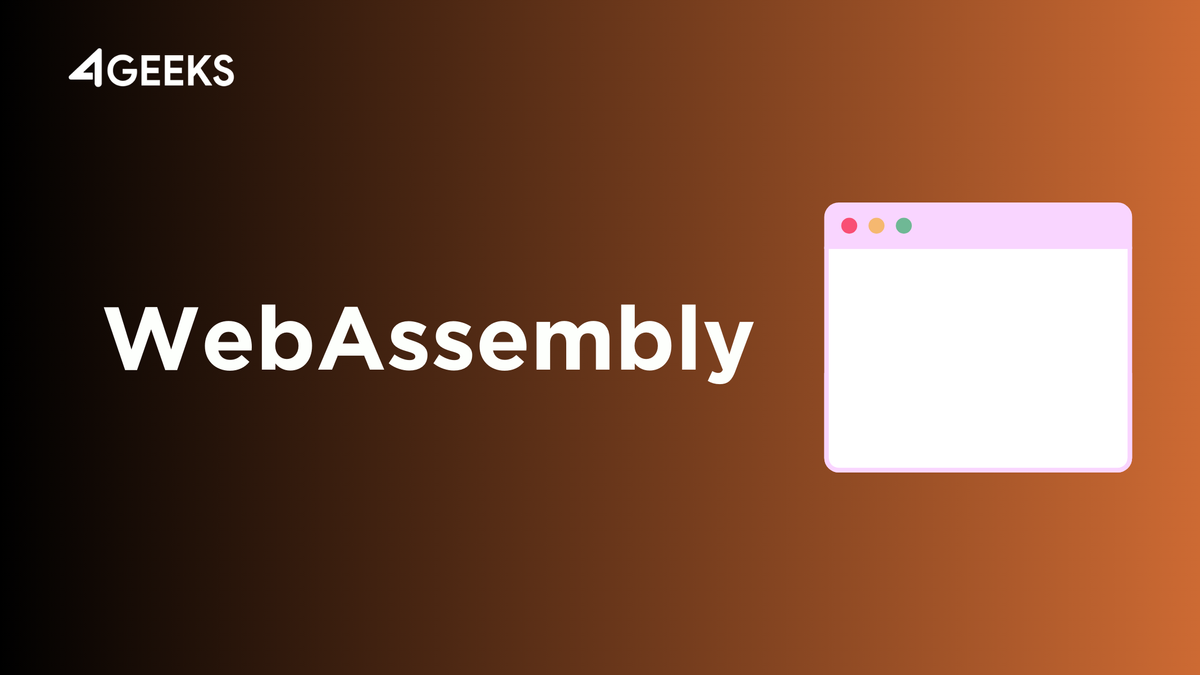Exploring the Potential of WebAssembly: A Roadmap to Enhanced Performance and Expanded Web Capabilities

WebAssembly (WASM) is poised to revolutionize web development, offering unprecedented performance gains, language flexibility, and enhanced security. This low-level bytecode format, designed to run efficiently in modern web browsers, is unlocking a realm of possibilities that were previously unimaginable within the confines of traditional web technologies.
In this article, we'll delve into the intricacies of WebAssembly, explore its compelling advantages, and uncover the exciting opportunities it presents for the future of web applications.
Understanding the Foundations of WebAssembly
- Portable and Efficient Bytecode: WebAssembly modules are compiled into a compact, binary format that executes at near-native speeds, significantly outperforming JavaScript. This efficiency stems from its low-level nature, which closely resembles machine code.
- Language Agnostic: WASM can be generated from various high-level languages, including C, C++, Rust, Go, and more. This versatility enables developers to leverage the strengths of different languages and seamlessly integrate existing codebases into web environments.
- Secure Sandbox: WebAssembly modules run in a secure, isolated environment, minimizing the risk of cross-site scripting (XSS) attacks and other vulnerabilities. This robust security model is a cornerstone of WASM's architecture.
- Coexistence with JavaScript: WASM modules can interact seamlessly with JavaScript, allowing for a smooth integration of high-performance components within traditional web application structures.
Key Advantages of WebAssembly
- Performance: WebAssembly shines in computationally intensive tasks such as:
- Graphics and Gaming: Intensive 3D graphics, physics simulations, and complex game logic can be rendered smoothly in the browser, delivering near-native gaming experiences.
- Image and Video Processing: Image and video editing tools, as well as real-time video effects, can be powered by WebAssembly for exceptional responsiveness and speed.
- Machine Learning: Machine learning algorithms can execute efficiently on the client-side, enabling intelligent features, personalization, and offline capabilities.
- Scientific Computing: Scientific simulations and data analysis can be performed directly in the browser,unlocking a new frontier for web-based scientific tools.
- Language Flexibility: Developers can choose the language best suited for their project's needs, leading to:
- Memory Safety: Languages like Rust offer memory safety guarantees, preventing common vulnerabilities like buffer overflows and memory leaks.
- Performance Optimizations: Languages like C++ provide fine-grained control over memory management and hardware-specific optimizations for optimal performance.
- Security: The secure sandbox environment of WebAssembly mitigates common web security threats, promoting a more secure web ecosystem.
Exploring Code Examples
// Fetching and instantiating a WebAssembly module:
fetch('example.wasm')
.then(response => response.arrayBuffer())
.then(bytes => WebAssembly.instantiate(bytes))
.then(results => {
// Calling an exported WebAssembly function:
results.instance.exports.exportedFunc();
});
The Future of Web Development with WebAssembly
WebAssembly is still in its early stages, but its potential is already evident. As it continues to mature, we can anticipate:
- Broader Adoption: Wider use of WASM across various industries and application domains.
- Standardization and Ecosystem Growth: Further standardization and expansion of the WASM ecosystem,including tools, libraries, and frameworks.
- Beyond the Browser: Exploration of WASM's capabilities beyond the browser, such as in server-side environments and edge computing.
WebAssembly is poised to transform the landscape of web development, redefining what's possible within the browser. Its performance, versatility, and security make it a compelling choice for building next-generation web applications that push the boundaries of speed, interactivity, and functionality.
As developers embrace its potential, we can expect to witness a wave of innovation that will reshape the web as we know it.





